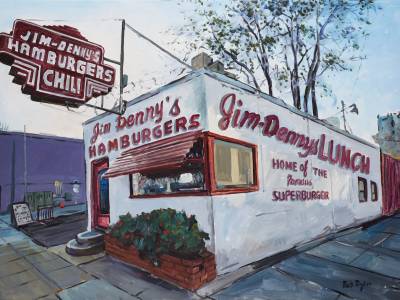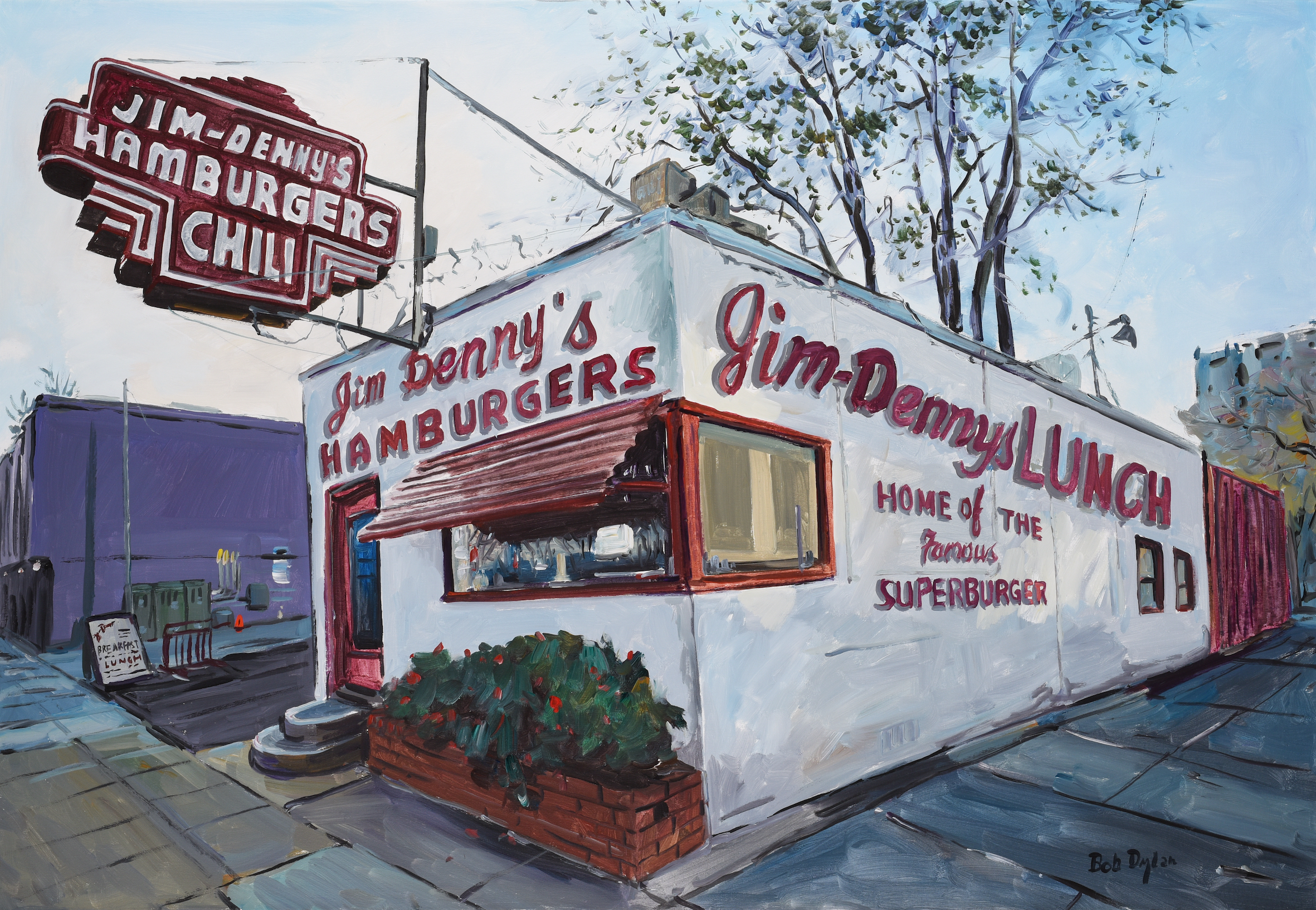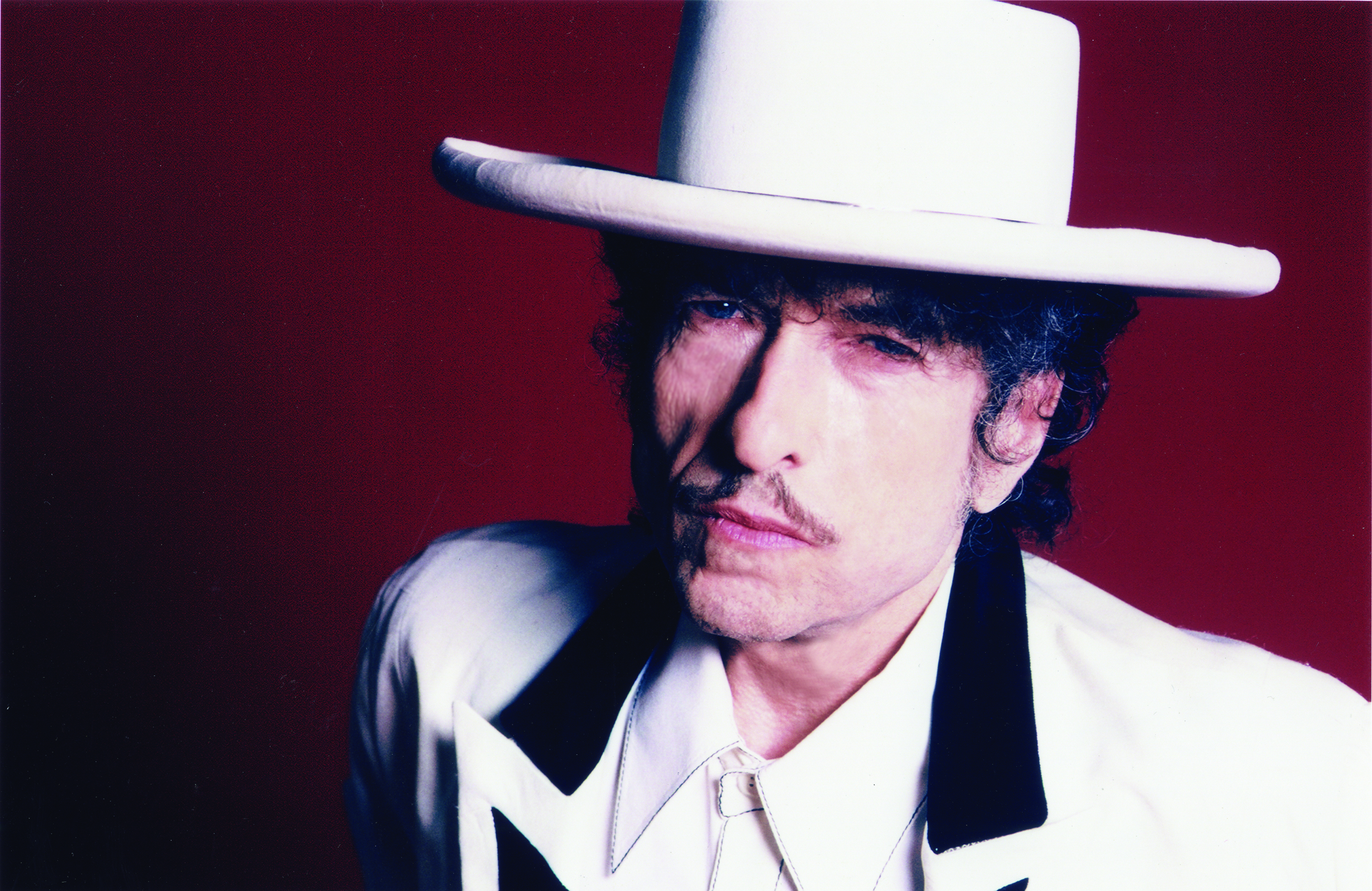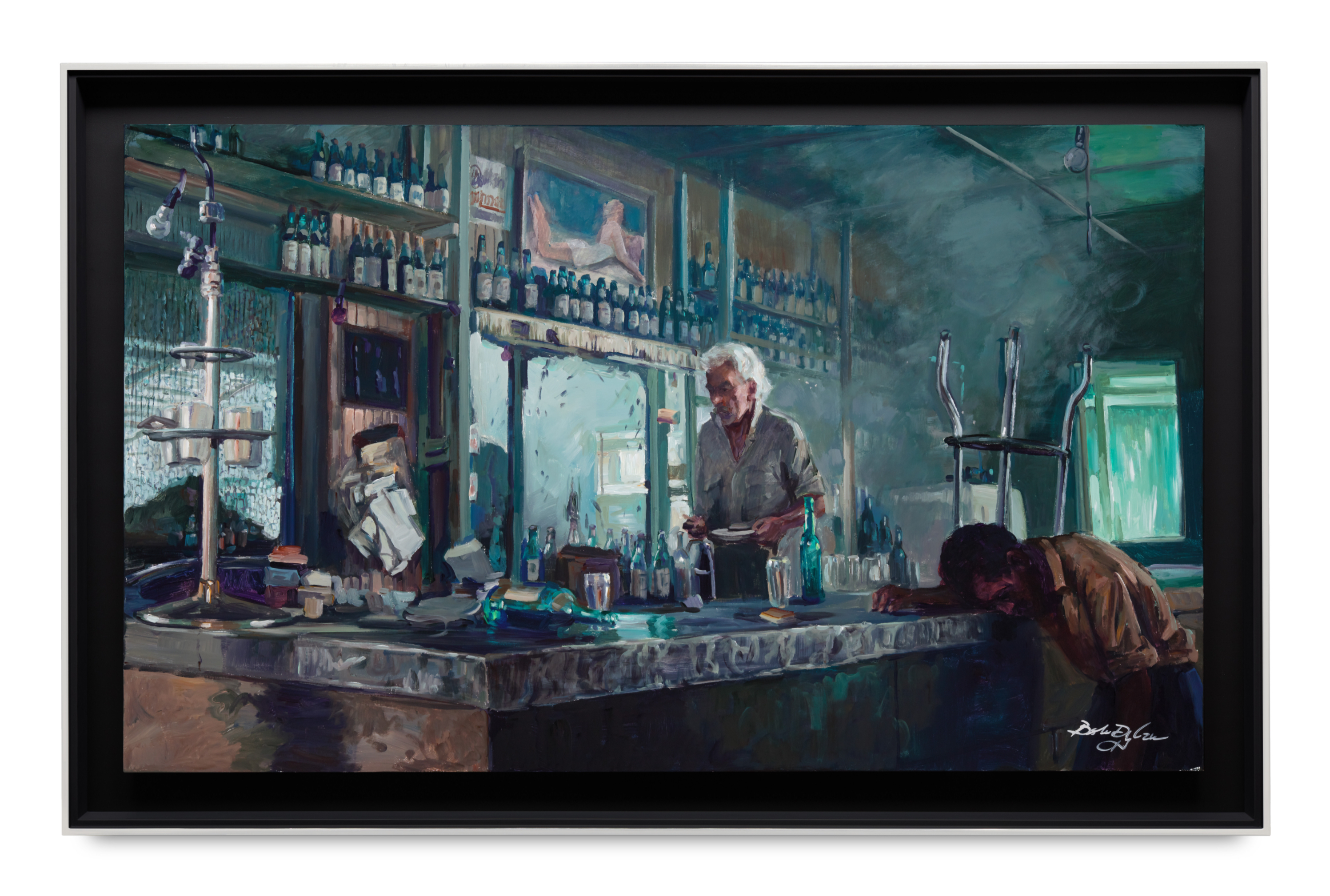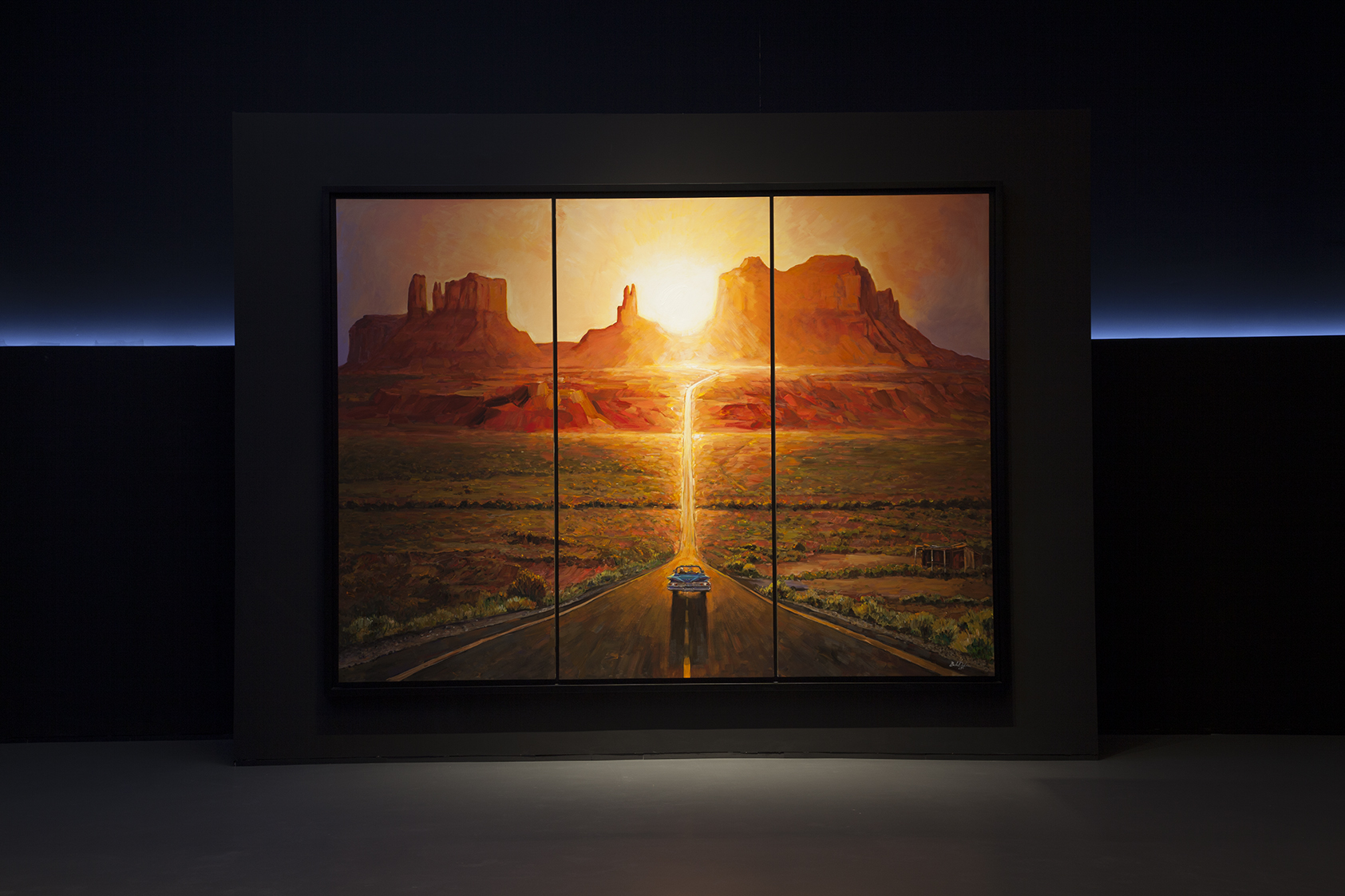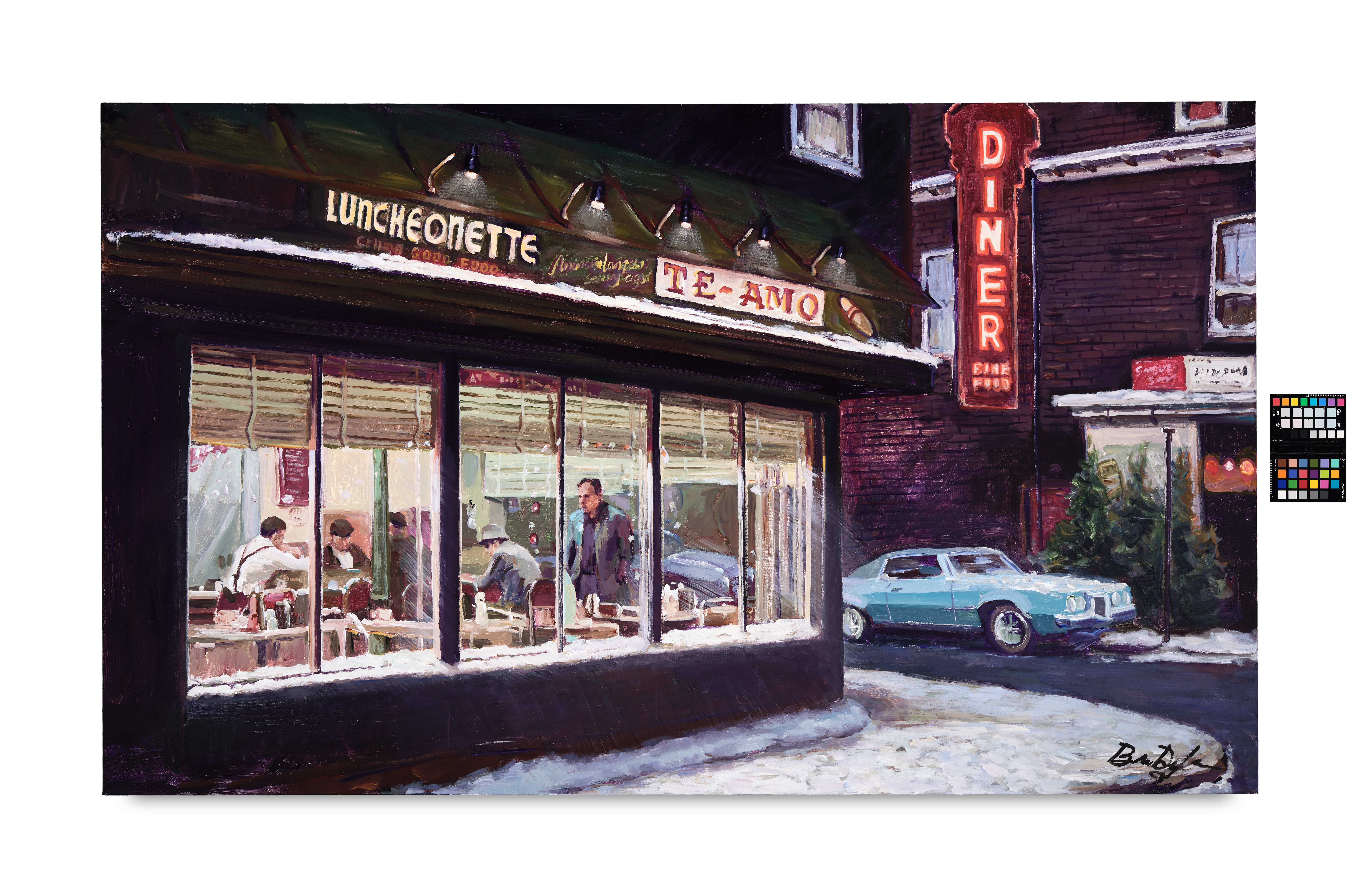Every generation grapples with the questions, “Who are we?” and “What do we stand for?” From Baby Boomers to Millennials and Gen Z, each is shaped by parenting, technology, and economics. As a member of the "Silent Generation" (1925–1945), Bob Dylan is a symbol of American culture and one of the most respected artists of our time. His enduring work has spoken to generations past and, as we’ll see, it’s speaking loudly to the generation of today.Dylan is essentially, and at his core, American. Like the best that America has produced — from Herman Melville to Mark Twain to T.S. Eliot — Dylan and his art resonates beyond just the time and place in which it was created. He has brought his versions of America to the world. Born in 1941, he came of age in a turbulent world, where children should be seen, not heard. Members of his generation are characterised as cautious and withdrawn, survivors of history’s adventure who find safety in the predictable.
Despite a generational shift toward conformity, Dylan acknowledged that the world is imperfect and complicated and that life is difficult: “I accept chaos. I’m not sure whether it accepts me.” And this extended to his artistic process that shunned perfectionism and polish. He often improvised performances and changed from one night to another. Only by embracing the uncertainty of life can one truly live.
Bob Dylan: Beyond Generations
1st December 2021
The artist born Robert Allen Zimmerman, having changed the world of modern music multiple times over his career, is also a gifted visual artist. This Miami Art Week, the most expansive and in-depth exhibition of Bob Dylan's artwork ever seen on American soil has its debut at the Patricia & Phillip Frost Art Museum at Florida International University. To mark the occasion Professor of Classics at Harvard University, Richard F Thomas, and Artistic Director of the exhibition, Shai Baitel, write about why Dylan's appeal defies both age and expectation - much like the man himself.
Presented by Shai Baitel.
Born Robert Allen Zimmerman in Duluth, Minnesota, Dylan grew up in a tight-knit Jewish community, listening to blues and country music on the radio, and later rock and roll. During his high school years, he performed covers of Elvis Presley and Little Richard. Music was his life, and though rock and roll spoke to him, it didn’t speak for him. He had yet to find the genre that he would make uniquely his.
As he would later explain,“The thing about rock n’ roll is that for me, anyway, it wasn’t enough ... There were great catch-phrases and driving pulse rhythms … but the songs weren’t serious or didn’t reflect life in a realistic way. I knew that when I got into folk music, it was more of a serious type of thing. The songs are filled with more despair, more sadness, more triumph, more faith in the supernatural, much deeper feelings.”
Dylan’s foray into folk music would set the stage for him to shift genre and form, and over his decades-long career, he would also become a prolific visual artist. Dylan mastered the folk vernacular and began injecting new lyrical worlds into his music with new devices, techniques, secrets, and mysteries. But with a career spanning a half century, how does the 78-year-old folk singer and visual artist resonate with young people today?
The present generation is still forming, so much so that there’s not even a commonly agreed upon name for them, although “Generation Z” seems to be sticking. They were born between the mid-90s and 2010. Like the "Silent Generation", they, too, have grown up in a complicated world. They too have been primed to be weary of the world, skeptical of opportunities, and reclusive. But there are several key differences.
First, the unprecedented racial diversity of this generation may well bring about new struggles for a better, more just world. Gen Z has no shortage of causes to unite behind, from gender equality to climate change, all of which are just are urgent today as the civil rights movement was in the 1960s. As Dylan wrote while contemplating Thucydides’ 2500-year-old history of the war between Athens and Sparta, “It’s like nothing has changed from his time to mine.” The Silent Generation found their calling in the civil rights movement, urging the world to embrace that same diversity. For example, Dylan debuted his first protest song “The Death of Emmitt Till” at the 1962 Congress of Racial Equality, and 1964’s “The Times, They Are A-Changin’” has remained relevant for people all over the world facing confusion and conflict. Indeed, Dylan’s drawing of a man drowning ives a visceral and graphic urgency to the fate of those who refuse to change with the times, mixing lyrics and metaphor: “you better start swimmin’, or you’ll sink like a stone.”
Another key difference is that Generation Zare digital natives, born into a world with the internet and smartphones. They are described by McKinsey and Company “hypercognitive generation very comfortable with collecting and cross-referencing many sources of information and with integrating virtual and offline experiences.” The Silent Generation was content to work within the system, because they didn’t have the means to change the status quo. Dylan’s 1964 “Chimes of Freedom” rebelled against this idea and captured his wonderment at nature’s crescendo as a metaphor heralding freedom of identity and perception: “As the echo of the wedding bells before the blowin’ rain / Dissolved into the bells of the lightning / Tolling for the rebel …” This song was more experimental in its approach in conveying ideas; lightning, thunder, and bells converge to form an “ecstatic vision of oneness with all of suffering humanity”. The song is a hymn for the gentle, the kind, and the mistreated. Meanwhile, Gen Z’ers’ access to technology has given them choices and a greater ability to harness their collective power, to sound their own alarm for the downtrodden of their world.
Generation Z encompass more than just growing up in a digital world. They are also truth seekers, and they value individual expression. They’re pragmatic, analytical, and believe in the power of dialogue to solve problems big and small, local and global. Their ability to connect with the world around them and their instant access to information has given them a more global perspective. Lke Dylan, they refuse to be confined, whether with labels or artistic mediums. And also like Dylan, they don’t necessarily separate “work” and “life.” They want to enjoy what they do; they tend to choose fulfillment over compensation. There’s no balance between work and personal life but rather a blending of the two.
Dylan doesn’t just connect with generations proceeding from his own. From “If You See Her Say Hello” to “Mr. Tambourine Man” and “Bob Dylan’s Dream,” the beauty of the words as written, recorded, and performed by him and the depth of the human feelings that are communicated are a convergence of Roman classics and folk music. These are perfect songs, and perfect songs put into words and music what the rest of us can only feel as experience. A relationship, broken but still mattering—and with a glimmer of hope: “To think of how she left that night it still brings me a chill … tell her she can look me up if she’s got the time,” though in performance that glimmer could be snuffed out. A surreal song, joyous in the triumphant image of the tambourine man dancing “beneath the diamond sky with one hand waving free, silhouetted by the sea …” A song written by the 21-year-old Dylan in the dark of a London winter, recalling through the melody and even the words of a nineteenth century folksong simple friendships from schooldays that could never be recaptured, “talkin’ and a-jokin’ about the world outside,” never imagining that “the one road we traveled would ever shatter and split.” These songs and other choices resonate in any time or place. With them, Dylan had “moved into a creative place beyond ideology, where images and emotion lead the imagination to unexpected places”. His drawing of a European cobblestone street and shops could be just a physical representation of one of those unexpected places. Other drawings, like a woman seemingly falling backward, appear to revel in the mystery of the connection, making us wonder what the artist is communicating.
Generation Z’s own words can perhaps speak most clearly about their connection with the man and his work. In a recent survey of university students, they explained the influence of Bob Dylan and his work on their lives. "Dylan defined a certain kind of cool" said one. "He was wanderlust personified.” Another student explained: “Bob Dylan, perhaps more than any other lone musician, has an uncanny ability to speak to people of all generations and I have no idea how.” Perhaps as Joni Mitchell put it, it his Dylan's breadth of subjects that speak across generations. She once said "‘When I heard Bob Dylan sing, ‘You got a lotta nerve,’ I thought, ‘Hallelujah, man, the American pop song has grown up. It’s wide open. Now you can write about anything that literature can write about.’ Up until that time rock n’ roll songs were pretty much limited to,‘I’m a fool for ya, baby.’”
From university students today to Joni Mitchell over thirty years ago, Dylan’s work transcends generations, places, and circumstances, and speaks to the enduring core of our humanity. Perhaps, then, it’s no surprise that Dylan continues to remain a powerful creative force. He has published eight books of drawings and paintings and sold over 100 million records in his career. He’s won Grammys, a Golden Globe, an Academy Award, and has been inducted into the Rock and Roll Hall of Fame. In 2008, he was awarded a Pulitzer Prize for “his profound impact on popular music and American culture, marked by lyrical compositions of extraordinary poetic power.” That award could equally have been given in recognition of Dylan’s prose writing, for the brilliant, critically acclaimed Chronicles Volume One. President Obama awarded him the Presidential Medal of Freedom in 2012, and in October 2016, he won the Nobel Prize in Literature “for having created new poetic expressions within the great American song tradition.”
If Dylan’s was the Silent Generation, he certainly didn’t let it define him or his work. He shattered that silence, and like a sonic boom, the generation of today is feeling its effects most profoundly. His words, his music, and his art is here to stay, and of that, we have no doubt: “Life isn’t about finding yourself. Or finding anything. Life is about creating yourself.”
Bob Dylan: Retrospectrum is on display at the Patricia & Phillip Frost Art Museum at Florida International University.
